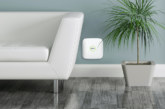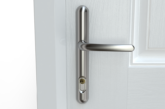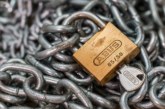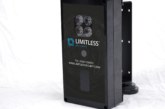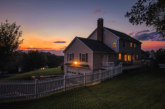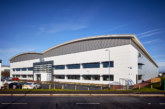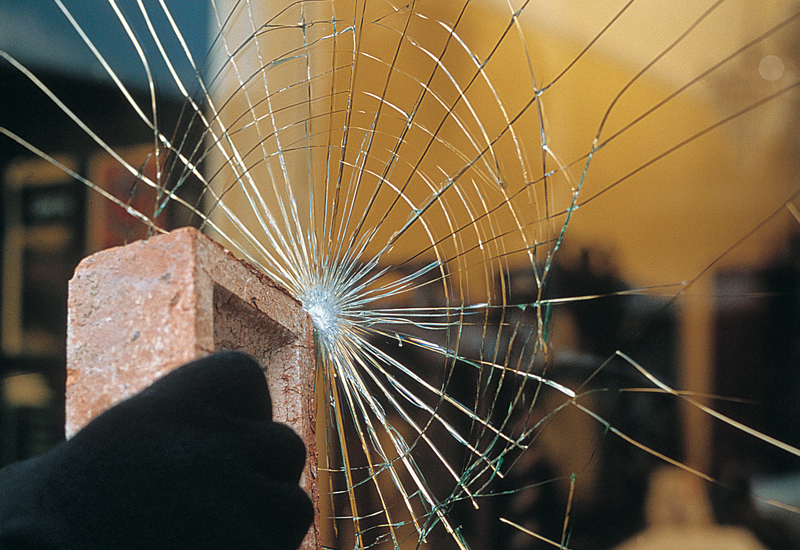
With October being National Home Security Month, Phil Brown from Pilkington UK highlights how glazing can help ensure a property remains secure.
October is officially National Home Security Month and with a 20 per cent in burglaries throughout the darker months, now is the opportune time to remind ourselves of the safety and security benefits glass can provide.
Windows are one of the most common ways an intruder can break into a property, and windows or glass doors located at the back of a property or in a location sheltered from sight are particularly vulnerable. Not only does a window breakage allow a burglar to enter and steal from the property, the resulting shards of glass can also injure occupants.
Thanks to advances in the development of safety and security glass however, today’s glass products can help builders and developers protect residents.
Safety glass
Safety glass is any type of glazing that reduces the risk of an accident by impact or fracture, while security glass is designed to withstand various deliberate attacks, such as manual, ballistic or blast. Of course, the last of these is more applicable in commercial applications, although high-risk residential buildings, such as those belonging to people in the public eye, may also benefit.
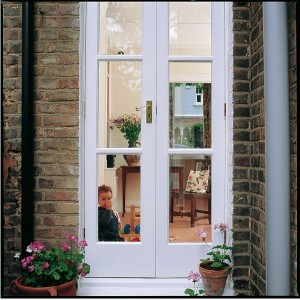 Safety glass is designed to protect residents from resulting shards of glass when broken. Because of this, it should be installed in areas within a home that could be impacted by the occupants, particularly doors, door side panels, windows and low-level glazing in general.
Safety glass is designed to protect residents from resulting shards of glass when broken. Because of this, it should be installed in areas within a home that could be impacted by the occupants, particularly doors, door side panels, windows and low-level glazing in general.
The two most common types of safety glass are toughened glass and laminated glass. In the toughening process, the glass is subjected to a heating and cooling treatment whereby high compressive stresses are set up at the surfaces with balancing tensile stresses in the centre. This gives toughened safety glass its increased strength, typically four or five times stronger than ordinary glass.
In the laminating process, multiple sheets of glass are ‘sandwiched’ with polyvinylbutyral (PVB) layers, and bonded together using heat and pressure.
Although no stronger than traditional glass, in the event of breakage, the laminated glass will break but the PVB interlayer will help hold the fragments in place. This results in a product that can remain in place after impact, making it safer for people within the building and harder for intruders to enter a home.
For high-security-risk areas, such as those in inner-cities, much thicker laminates with many more interlayers may be appropriate as, when correctly installed, resistance to penetration can help to protect against bullets and explosions. It should be stressed however, that the frame itself must be specified to resist a similar level of attack as the glass too.
Understandably, security is high on the agenda of every occupier and specifying the right type of glass can go a long way to helping protect a home and its inhabitants.
Phil Brown is European Regulatory Marketing Manager from Pilkington United Kingdom Limited

